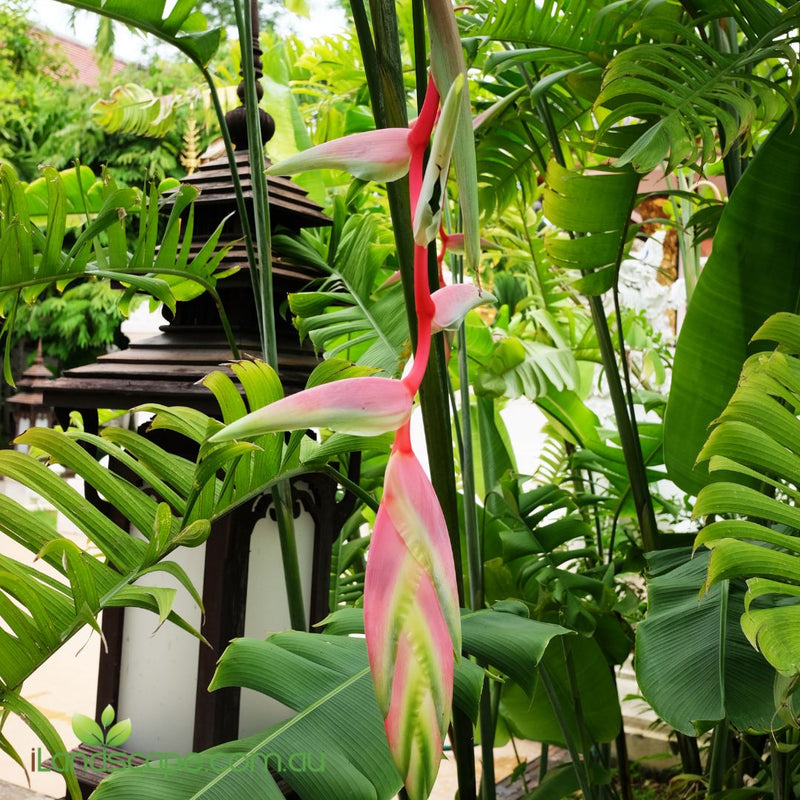
Top 10 Must-Have Tropical Plants for Queensland Gardens

Description:
Japanese Maple (Acer palmatum) is a deciduous tree native to Japan, Korea, and China, known for its finely lobed leaves, elegant form, and striking seasonal color. This highly ornamental tree has been cultivated into numerous varieties with diverse leaf shapes and colors, making it a versatile choice for gardens, landscapes, and Japanese-inspired settings. Its compact size and slow growth make it suitable for both small and large gardens.
Flowers:
In spring, Japanese Maple produces small, purple-red flowers in clusters. While these blooms are delicate and not particularly showy, they add a touch of seasonal interest before the leaves fully emerge.
Foliage:
The tree’s signature leaves are deeply lobed, creating a feathery, textured appearance. Depending on the variety, the foliage can range from bright green to deep red or purple. In autumn, the leaves transform into vibrant shades of red, orange, and yellow, providing an eye-catching display that makes this tree a favorite among gardeners.
Fruit:
After flowering, Japanese Maple produces small, winged samaras (helicopter seeds) that mature in late summer to early autumn. The seeds are subtle but add a charming natural element to the tree.
Form and Size:
Japanese Maple typically has a rounded, multi-stemmed or single-trunk form, with an overall height and spread of 3 to 6 meters, though dwarf varieties are available. Its compact and graceful shape makes it an ideal choice for small gardens, borders, and as a specimen tree in landscape designs.
Growing Conditions:
This tree thrives in partial shade to full sun, though some protection from intense afternoon sun is beneficial, especially in warmer climates, to prevent leaf scorch. It prefers moist, well-draining, slightly acidic soil rich in organic matter. Regular watering is essential during dry periods to maintain vibrant foliage.
Uses:
Japanese Maple is versatile in landscaping, suitable as a focal point in garden beds, borders, and woodland gardens. Its elegant form and dynamic seasonal colors make it ideal for Japanese-inspired landscapes and shaded gardens. It also does well in large containers, adding a touch of elegance to patios and courtyards.
Maintenance:
This tree is relatively low-maintenance. Light pruning in late winter helps maintain its shape and remove any dead or crossing branches. Mulching around the base helps retain soil moisture and protect roots, and fertilizing in spring with a balanced or acid-loving fertilizer supports healthy growth.
Notes:
Japanese Maple is cherished for its delicate leaves and beautiful autumn colors. Its moderate growth rate, adaptability, and range of cultivars make it a popular choice for gardeners looking to add refinement and seasonal interest to their landscapes.
Companion Plants:
Pairs well with shade-tolerant plants such as Hostas, Ferns, and Rhododendrons. It also complements other Japanese maples and woodland perennials, creating a harmonious, layered effect in garden settings.
Common Name: Japanese Maple
Botanical Name: Acer palmatum
Family: Sapindaceae
Origin: Japan, Korea, China
As we cannot guarantee stock all year around on Pots & Plants please hit us up via the chat button and we can get back to you with availability
Quantity:
Usually ready in 24 hours —
Delivery Options
Product Availability
Plants & Pots come and go all year around.
Where are our plants Grown and how do we grow them
How to Look after your plants like we do
